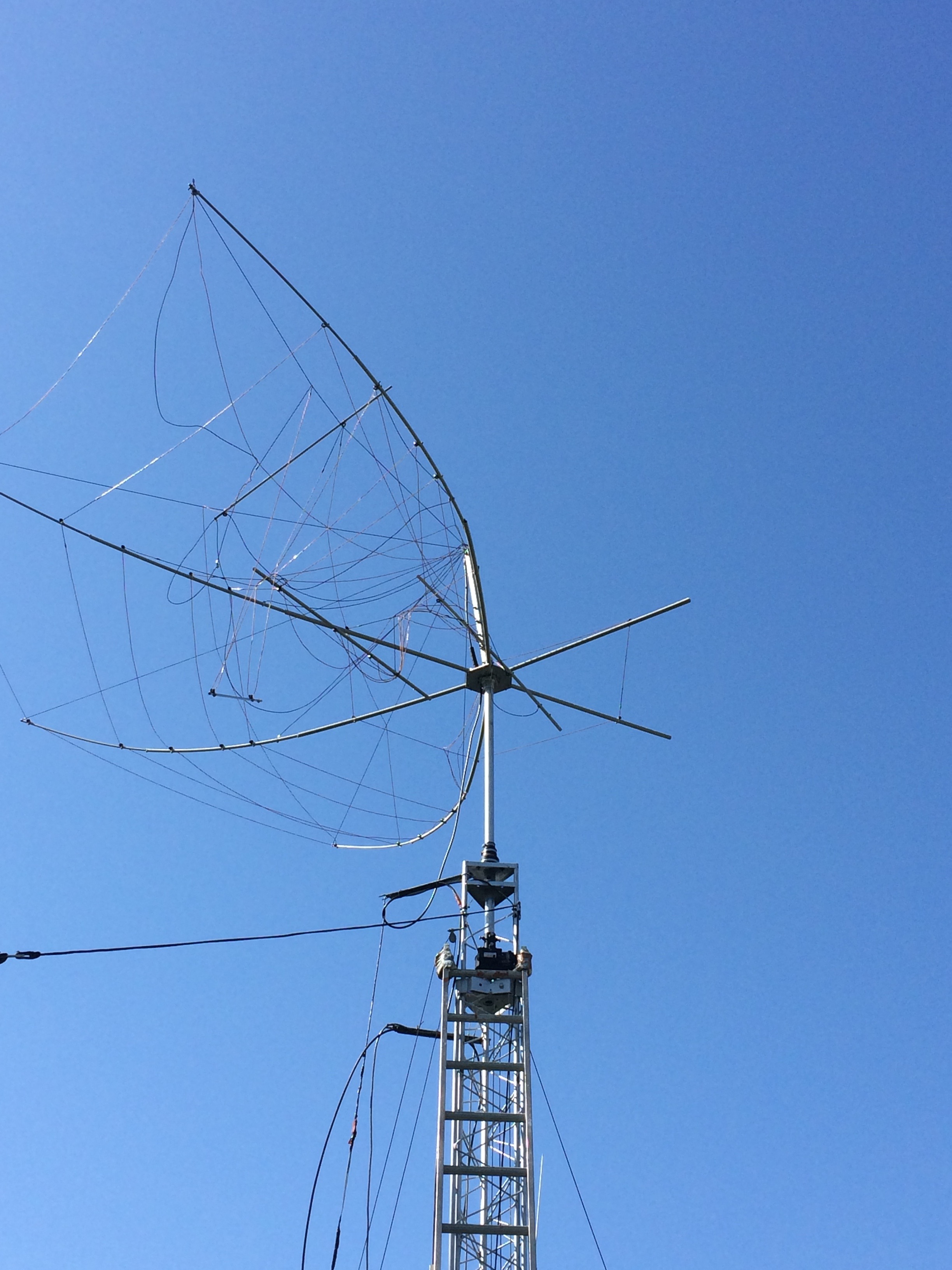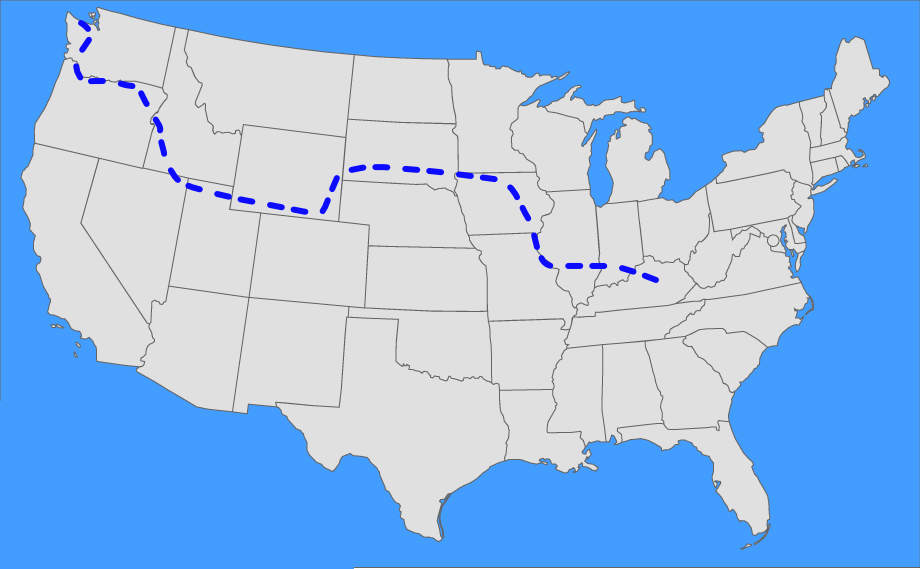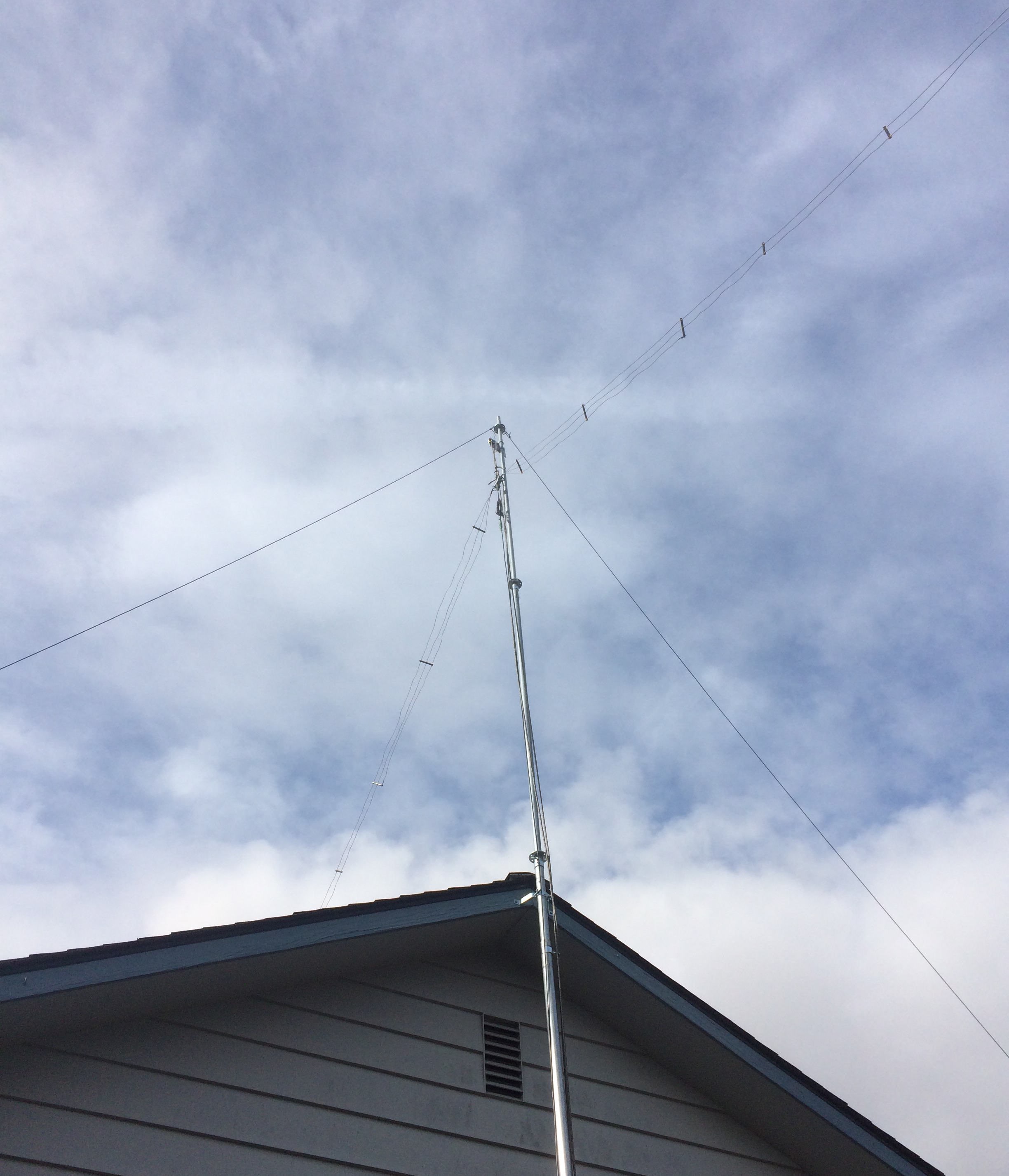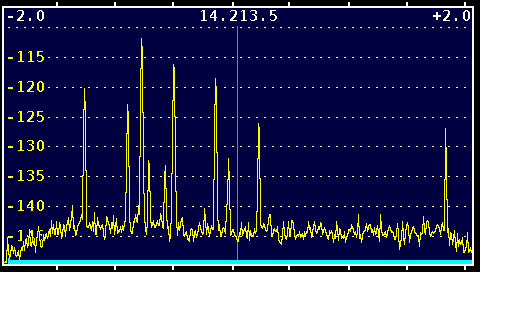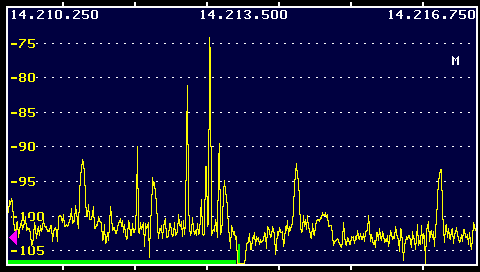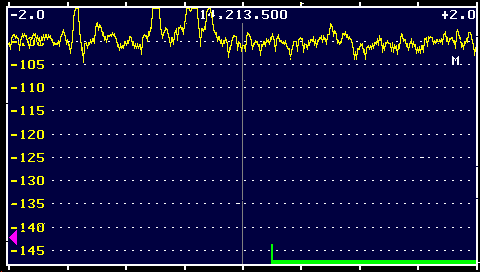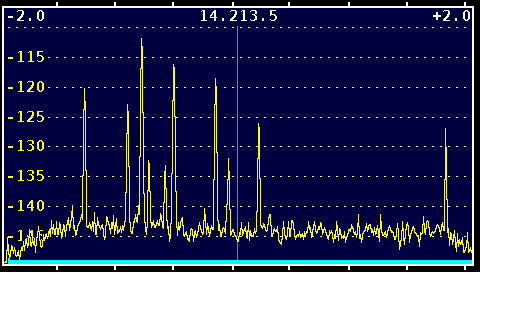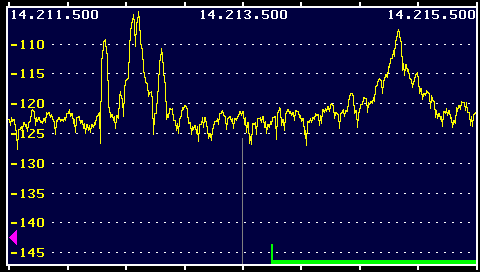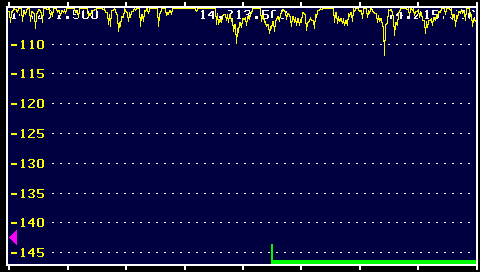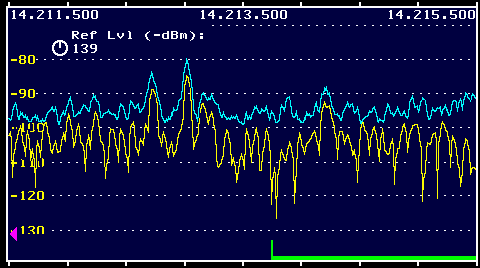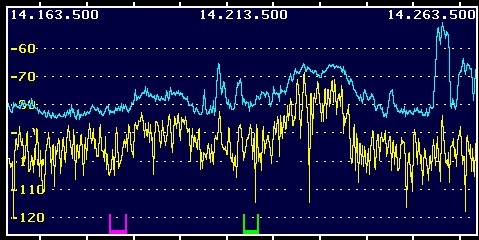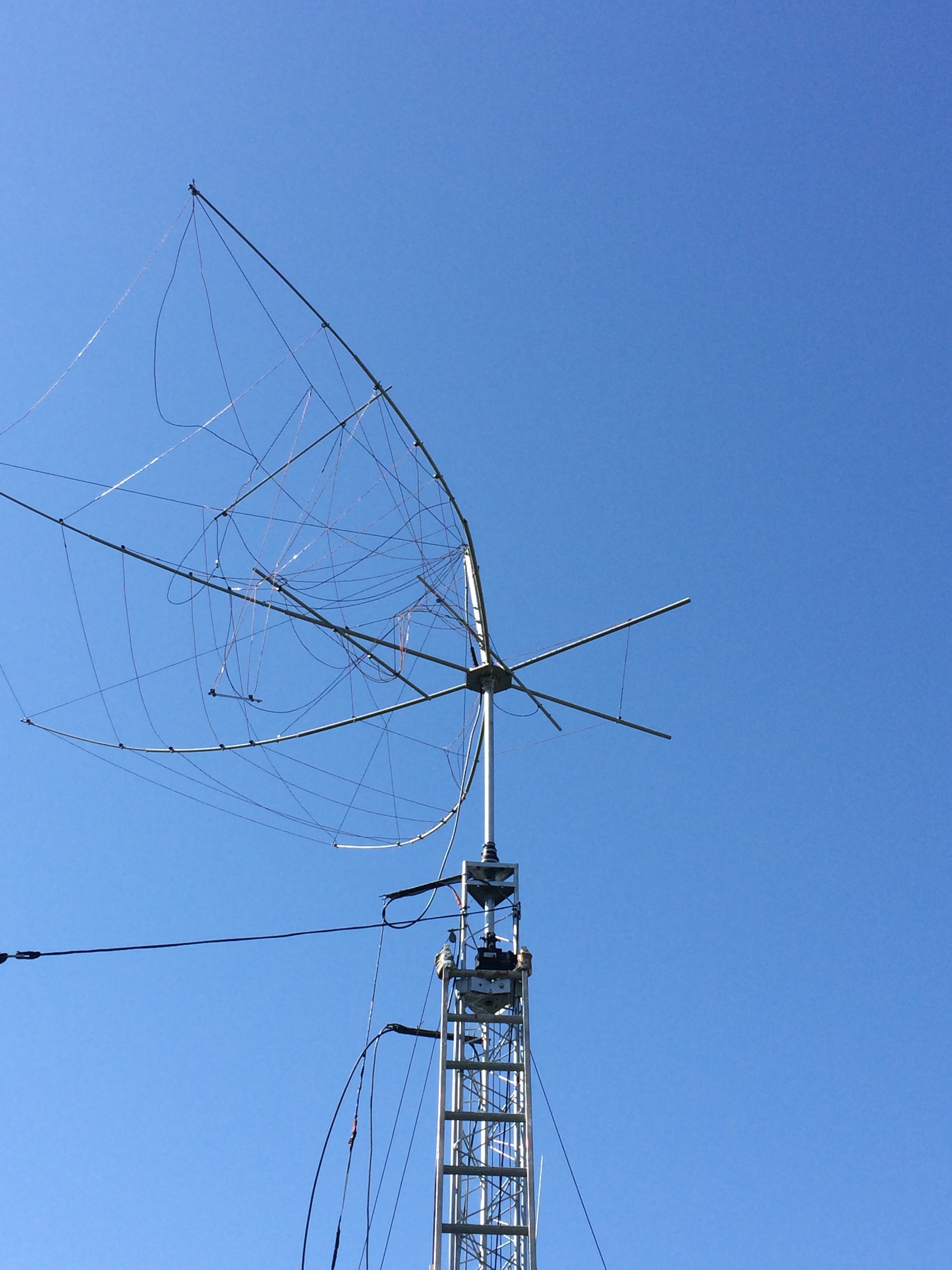
(Continued from page 1)
My first thought was that a storm had come through allowing strong winds to whip it around until it broke, or a large branch from a nearby tree had broken off and came crashing down into the antenna elements. But we had not experienced a storm for a couple of weeks, and a quick glance to the ground did not reveal any large branches!
With that theory disproved, I next imagined that a large bird had flown into it, tearing it up as it thrashed about, tangled in the wires. I looked for any evidence of a bird on the ground around the tower base, but there were no feathers nor other evidence of such fowl play.
How could this have happened? The beam had only been up two years, so I did not think UV radiation had had enough time to cause deterioration of the fiberglass. There had to be another explanation! But, try as I might, no other idea came quickly to mind.
It was only after eliminating all other possibilities that there was only one truly accurate explanation for what had happened: The antenna had been struck by a low-flying UFO! Of course! A UFO would leave no evidence behind that it had been there, and the lack of evidence confirmed this theory's veracity.
But now what to do? First I checked my insurance policy and made sure there were no exclusions for damage caused by a UFO. Being satisfied in that manner, I then proceeded to take pictures of the crime scene for insurance purposes, and quickly sent off the required information.
After having satisfied this priority, I walked over to the farm implement shed and opened the door to where my trusty New Holland T-55 tractor with the front end loader and the rear backhoe was stored. Anytime I had something important to do around the farm, I always headed toward this tractor. After all, what can't be done when you are in the seat of such mechanical power! I knew at this moment that it was just what I needed.
Grabbing a special rolled up 50' hank of 3/8" steel cable, I threw it into the front end loader. This cable had large heavy duty hooks on each end with a catch on them so it would not fall off of whatever I hooked it to.
I started up the diesel engine, let it idle for a few seconds and shifted the PTO into gear. Turning around, I leaned back and reached for the back hoe controls and lifted the back hoe bucket off the ground where it always came to rest after the hydraulics relaxed (and sometimes leaked) as the tractor sat in the shed. Once that was done, I pushed in the clutch, shifted the drive into low and the gear into second. I could usually start the tractor from 3rd or even 4th gear low, but my mind was occupied with the antenna this morning.
Slowly driving the tractor out of the shed, I shifted into 3rd gear and headed for the back of the house. I drove the tractor up to the tower and allowed the front end loader to be within a couple of feet of one side of the tower. Raising the loader, I moved it higher and higher until it was about 12 feet off the ground. I then killed the engine and stepped on the brake while pulling on the parking lever. (Safety First is my motto!) Satisfied that the tractor was not going anywhere, I climbed on the engine hood and pulled myself up and into the front end loader bucket. This was not the easiest maneuver for me to accomplish, and I was painfully reminded of the age induced joint pains and lack of arm strength.
"I can't continue doing this much longer," I thought to myself.
But I persevered and rewardingly climbed into the bucket. Picking up the steel cable, I reached out to hook it onto the top of the tower. As luck would have it, I was about 6" too far away to reach the tower! So, I climbed out of the bucket, falling down on the tractor hood, and climbed back into the seat. Starting it up once again, I inched the tractor just a little closer. Then, with groans and pain, I once more climbed up into the tractor bucket. This time I could reach the tower, so I hooked the cable onto the tower, and then repeated my process of jumping down to the hood of the tractor and climbing back into the seat.
Once I had started up the tractor and released the brake, I backed away from the tower and turned around. Then I backed up to within 15 feet of the tower, and once more shut off the engine and set the parking brake. Climbing down off the tractor, I went around to the back and grabbed the other end of the cable which was on the ground. Then, using the second hook on this end, I attached the cable around the stabilizing bar beneath the back hoe.
Getting back in the driver's seat of the tractor, I started the engine, released the brake, and began to slowly inch my way forward until the cable lifted off the ground and arched its way between the top of the tower and the bottom of the tractor. I did not want it to be tight, so I left it somewhat loose, and once again turned off the tractor engine and set the parking brake.
(Continued on Part 2)
